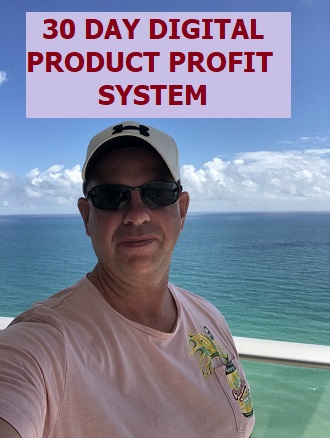As many of us have either changed or augmented our SEO and content marketing with paid ad traffic to accelerate our businesses, it is critically important to understand what exactly you are buying…and even more important, what you should be using to measure the success of those ads so you are not throwing money away.
I highly suggest you read this very informative article outlining the substantial reality click fraud and bots play in today’s ad environment.
This goes for buying ads from Google to Facebook through all of the other Tier 1 and 2 ad agencies that are quick to take your money but not so quick to paint the stark reality you are entering when you decide to enter the display ad traffic game.
Let me start off by saying this should not mean that you abandon paid advertising altogether – that is not my purpose in bringing your attention to this topic today, instead you need to enter the ad-buying space knowing what  you are getting into and knowing how to measure your return on investment to limit your risk.
Here are a few of the most important points made around this topic:
- In many cases nearly 80% of the clicks (impressions or page views) you are paying for in a CPM campaign are either fraudulant or as a result of bots or other machine-generated traffic – that means 80% of your purchase will never end up in front of a viewer’s eyes (much less a targeted viewer)Â
- Major advertising agencies all know this and many have come out admitting that anywhere from 56%+ of their ad impressions never reach an end-user’s eyes – and this has been going on for some time
- Since buying ads based on “impressions” or “pageviews” is a crapshoot – you are much better off buying ads based on CPC (cost per click) or CPA (cost per action) – granted CPC has a built-in issue of fraudulant clicks that you must also take into account, typically this will be a much smaller percentage of clicks that the bogus impressions
- MOST IMPORTANT: Â At the end of the day, what really matters is your results – those results are sales. Â What this information really tells you is that if you do not have a way of tracking your revenue per ad spend then you better change that in a hurry. The only metric that makes sense (especially for a small business entrepreneur) is “dollars in revenue from dollars spent on ads”. Â If you spend $100 to get 1000 impressions (.10/impression) and you see $300 in sales then your ROI is 300% – even if 8000 of those impressions are bogus – you still see a positive ROI and would continue to run this campaign as well as possibly expanding to test additional campaigns.
We are stuck, in a digital age, with the reality that a good portion of organic and ad-based (inorganic) traffic will be fake either due to bots or deliberate fraud-based behavior.
The best way to defend ourselves is to make sure we track sales and profitability – staying out of the debate about fraud or no-fraud, but knowing if a source of traffic is working for our business is the key to staying focused and growing your profits with your online business.


